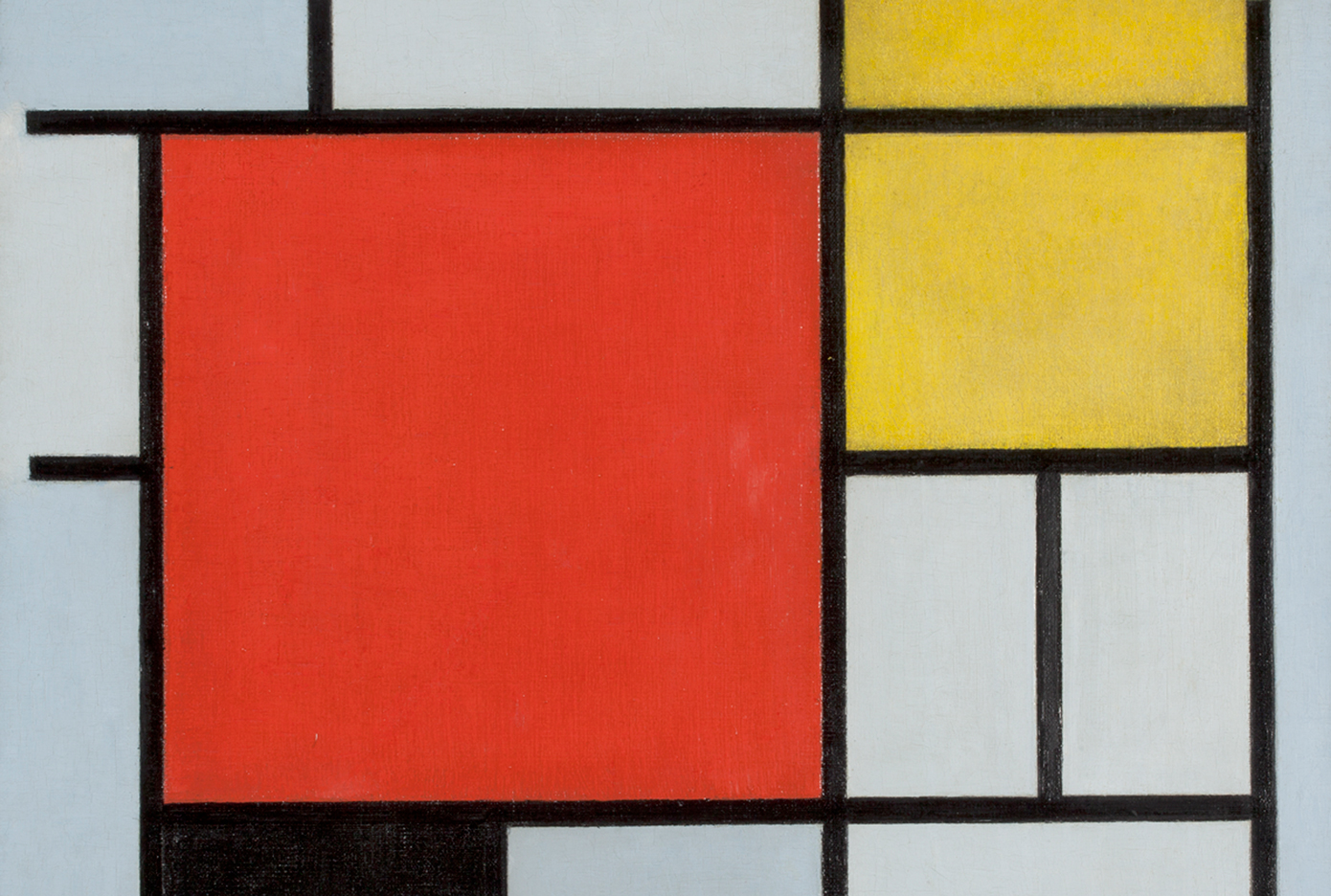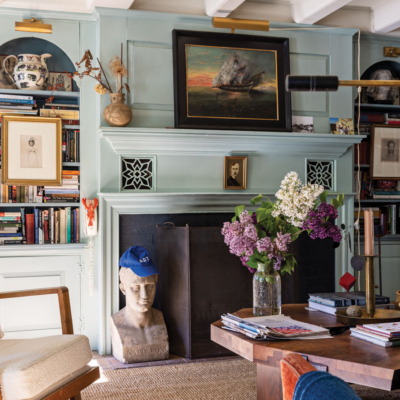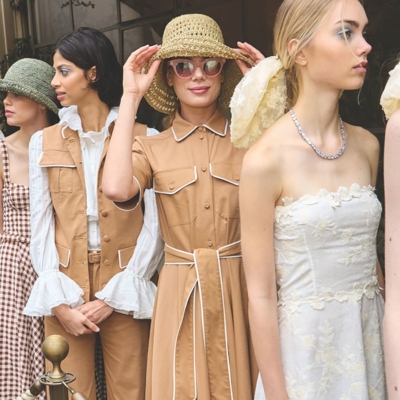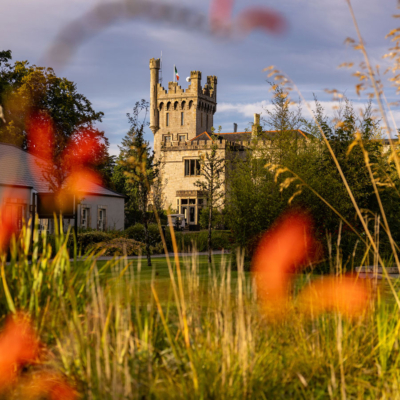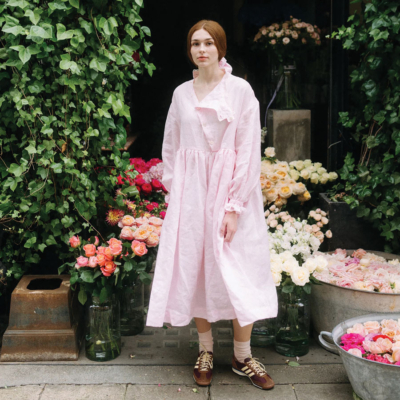Ahead of the landmark exhibition at the National Gallery of Ireland of the Dutch artist Piet Mondrian’s work, Janet McLean, Curator of European Art, discusses why he is one of the most influential artists of the 20th century …
Tell us about the various periods in Mondrian’s artistic journey – many will not be familiar with his landscape paintings for instance…
Throughout his career Mondrian (1872–1944) worked in different styles, often in parallel. He was driven by a utopian belief in art’s ability to transform. Every phase of his work is marked by an affinity with nature and a deep sense of spirituality. The exhibition takes you through the key phases of his career and aims to shed light on aspects of his work that may not be so well known. We move from his beginnings as a naturalistic landscape painter in the 1890s, through to colour-saturated pointillist paintings of dunes and lighthouses, his encounters with Cubism and subsequent move to Paris, and then through to his development of geometric abstraction. Included in the exhibition are paintings of windmills, sand dunes, bleach-works, moonlit rivers, tree-studies, and portraits.
Incredibly Mondrian did not start painting in an abstract style in earnest until he was in his late 40s. Moving through the exhibition it is fascinating to follow his artistic journey from countryside to city and from representational art to abstraction. When you get to the geometric paintings you understand where he and they came from. As well as showing the work of Mondrian the exhibition features a section on the De Stijl group. It includes paintings, architectural models, furniture, and graphic art by artists such as Theo van Doesburg, El Lissitzky, and Bart van der Leck.

Mondrian, House in Sunlight, 1909 Courtesy Kunstmuseum Den Haag
When did you start planning this landmark exhibition, which has relied on some impressive loans from various museums and galleries?
The exhibition has been organised in collaboration with the Kunstmuseum Den Haag, which has the largest collection of Mondrian works in the world. All but two artworks are on loan from its collection. The others have been lent to us from the Tate and National Galleries of Scotland. We started having conversations about the exhibition several years ago. It took time to refine the exhibits list to work within our spaces here in the National Gallery of Ireland.

Mondrian, Sea after Sunset, 1909 Courtesy Kunstmuseum Den Haag
Do you have a particular favourite in this exhibition?
This is genuinely difficult to answer. The exhibition is one of the most interesting and beautiful I have worked on in all my years as a curator. Every section shines light on different aspects of Mondrian; each is like an in-focus show in itself. If pushed, I might say Composition with red, black, yellow, blue and grey (1921) would be the one I find I come back to most of all. It is in the final room and marks both an end point and new beginning for the artist. Mondrian had been visiting the Netherlands when the First World War broke out in 1914. He was unable to return to Paris until 1919 having contracted Spanish flu after the war. When he got back to Paris things were very different. In the early 1920s he developed the distinct abstract style he is known for today. The sale of this particular painting allowed him to rent a studio back on the rue du Départ where he had lived before the war. When you look at it closely you begin to see what an intuitive artist Mondrian was. So often his pictures are flattened out and sharpened by reproductions. Here you see the black lines are painted by hand and not mathematically ruled. I love how many of them stop at the edges of the canvas against expectations. The colours are layered and luminous. The way he paints white is a thing of beauty – like cloudscapes. I find it a quietly joyful painting. Every time I look at it I find new things.

Mondrian, Self portrait, 1918 Courtesy Kunstmuseum Den Haag
What are some of the activities the gallery has planned around the exhibition?
As always the gallery has a comprehensive series of events in connection with the exhibition. These include: “Music for Mondrian”. Mondrian loved music and especially jazz. We wanted to bring that element of his life to the fore. The Music for Mondrian project is a collaboration between the Gallery and contemporary Irish jazz performer Emilie Conway. Emilie has been immersing herself in Mondrian’s work and career. Through a podcast and other Gallery events, such as an online Talk & Tea, she will share her response to the exhibition, from her personal perspective as a practising jazz artist.
As well as Emilie’s podcast, we will also dive into the intersections between Mondrian and architecture, with a podcast hosted by the architect Emmett Scanlon. Emmett will consider Mondrian’s studios and the importance of these live-work spaces on his art and ideas. This also relates, of course, to the various places he lived – Paris, London, New York, and the Netherlands.

Mondrain, The Gein Trees along the Water, 1906 Courtesy Kunstmeseum Den Haag
Need to Know: “Mondrian” at the Beit Wing of National Gallery of Ireland, opens today December 1 until February 14, 2021. Tickets are currently on sale from €5 – €18, Friends of the National Gallery and children go free; www.nationalgallery.ie.
LOVETHEGLOSS.IE?
Sign up to our MAILING LIST now for a roundup of the latest fashion, beauty, interiors and entertaining news from THE GLOSS MAGAZINE’s daily dispatches.






